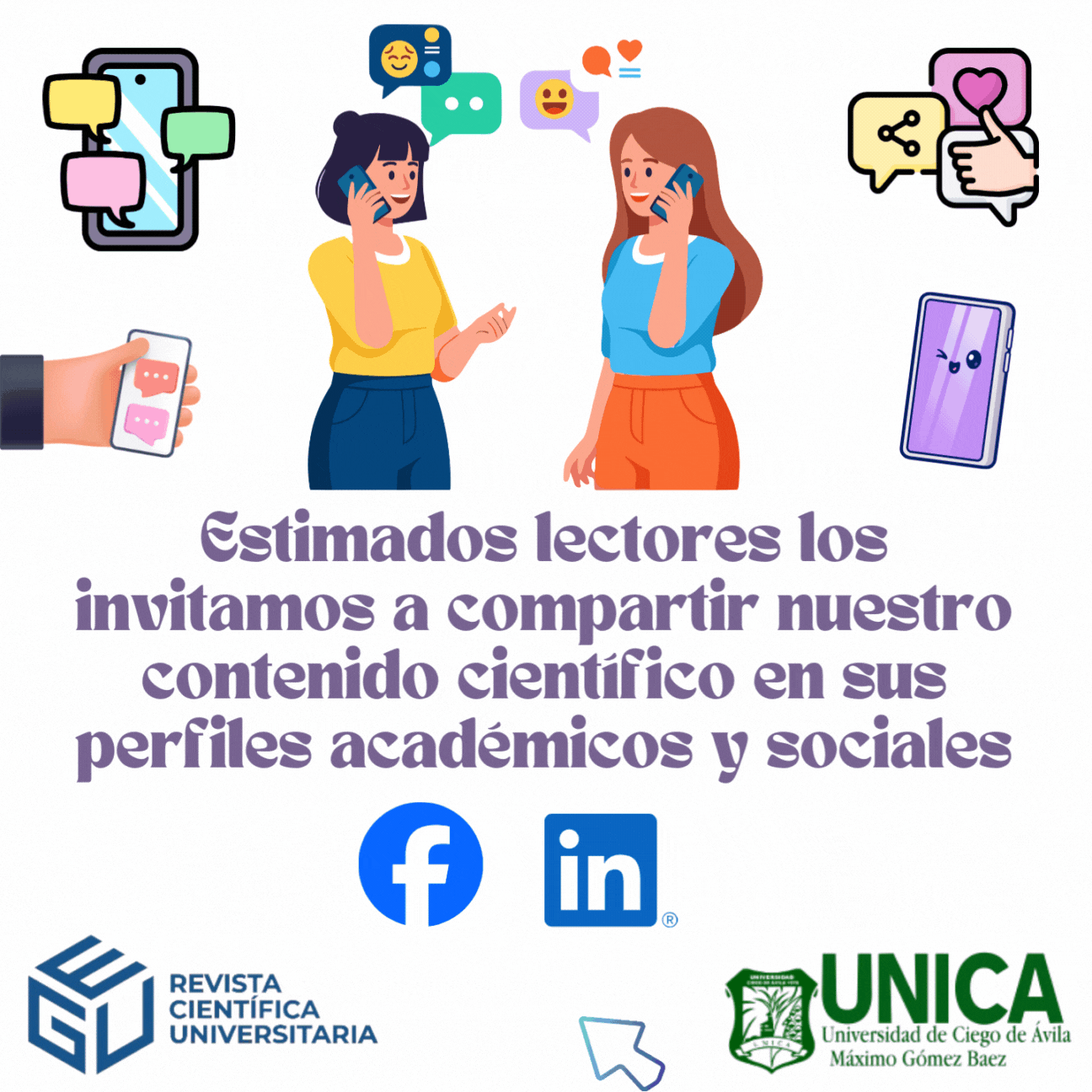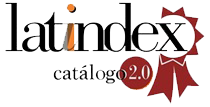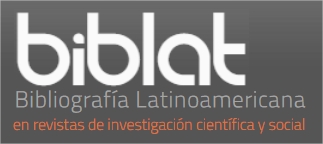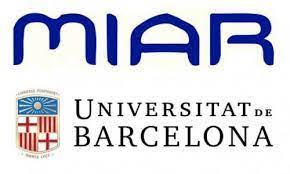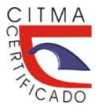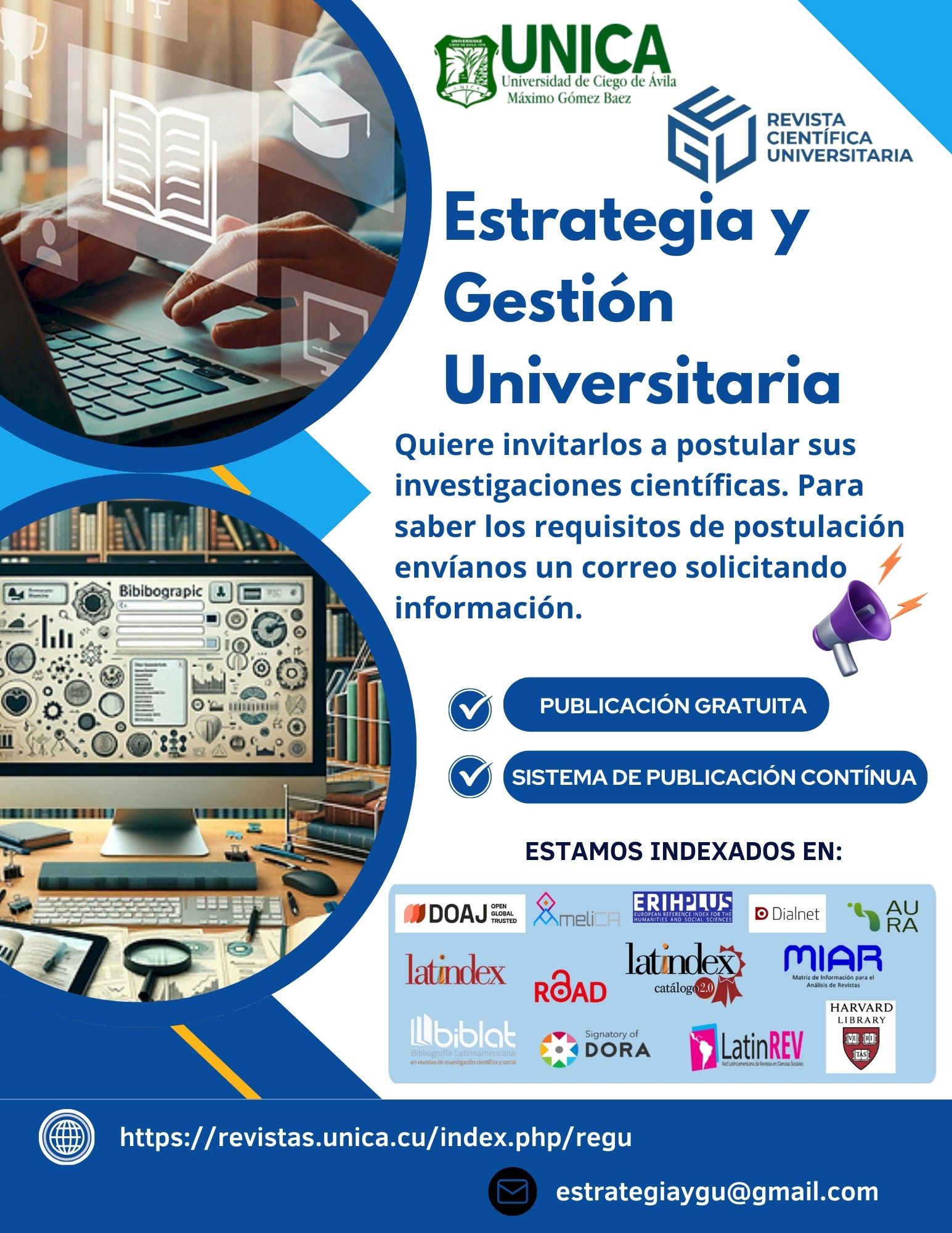
Author Guidelines
Editorial Guidelines for Writing Scientific Articles
Thank you for choosing REGU to send us your article. REGU stands for Revista Estrategia y Gestión Universitaria in Spanish. The following instructions will make sure you have everything so that your article can pass the peer review, production and smooth publication. Please, take the time to read them thoroughly, as doing so will ensure that your article meets the bulletin’s requirements.
About our Journal
REGU is an international peer-reviewed journal that publishes high quality original research. Original manuscripts are accepted, which report on main research results. Its purpose is the dissemination of outcomes in the scientific community and they are incorporated as a bibliographic resource available to interested parties.
REGU Peer Review and Ethics is committed to the integrity of peer review, and to upholding the highest standards of assessment. Once the editor has assessed the suitability of your article, it will be independently studied by two anonymous expert referees, who will provide at least one report. Before starting, please, download the scientific article template.
The thematic profile of the bulletin covers, among others, the following areas: trends in university management and strategic direction; management at the institutional level; management of university processes; quality-oriented strategic management; strategic planning, alignment and control in universities; management of indicators to support university strategic direction; knowledge management, organizational learning and university strategy; prospective in higher education; training and improvement of university managers; comparative studies in the fields of university management and strategic direction; automated university management support systems; university management and local development; strategic management and university social responsibility; academic networks and university management; management by processes and results at the university; risk management and university strategy; tools to support university strategic management; university evaluation and accreditation.
Types of Articles that are Published
Original articles: They cover unpublished results of research, including theoretical and/ or methodological contributions, as well as practical experiences from which novel theoretical and methodological generalizations can be extracted.
Bibliographic review articles: They present a critical analysis in some of the areas of interest of the bulletin, providing novel aspects and/ or revealing gaps in science.
General Guidelines for Writing Manuscripts
It is appreciated the correspondence of the proposals presented by the authors with research and reflection papers in the fields related to their target theme. The following publication rules shall be strictly followed:
- A Letter of Originality will be sent along with the article.
- The article will be original and unpublished. It should not be developing in any other publication. No more than three authors may participate in the research. It will be presented in Word Microsoft, Arial letter, 11 points, spacing 2.0 points, no space between paragraphs, with indentation in the first line of each text, margins of 2.54 cm per side and Letter format.
- All pages should be numbered, placing the numbers in the bottom right alignment. The text must be justified.
- The article will have a minimum of 4000 words and a maximum of 7500. Bold or underlined options can be used as necessary, following the 7th edition of APA rules for its conformation. Headings and subheadings of the article shall be identified by bold numbers.
- The structure of the article should be as follows: cover page; summary with up to five keywords both in Spanish and English; introduction; materials and methods; results and dissertation; conclusions; references and annexes if necessary.
- The title should have a maximum of 15 words and be synthetic, clear and attractive. Both in Spanish and English.
- The main data of the authors must be included with full name; institution; position; email address and ORCID link. Please, verify it opens easily.
- The summary should consider the introduction, objective, methods, results and conclusion, with its corresponding translation into English. It will not exceed 200 words and will be written in a single paragraph without citations or acronyms. It should be composed in past tense. The reader will not need to read the article in order to understand the summary.
- The introduction must present the background of the topic, the objective of the research or study carried out. For instance, it could contain the importance and current knowledge of the topic, some background, the problematic situation, the objectives of the paper and other elements necessary to present it, including quotes and references from different authors.
- In the materials and methods section, it can be discussed the theoretical-methodological foundations of the topic and the procedures used. It can also be explained how, with and with what the research was carried out, what was analyzed, when, where, what method was applied to collect information. It must make a brief and concise reference to the methodology used.
- In results and discussion, please, present the main findings (supported with images, charts or figures if necessary), analysis and interpretation. The writing in this section is in the past tense. It must reveal its critical assessment of the results, and they can be summarized or synthesized in charts or graphs of your own creation, as long as its appropriate interpretation is guaranteed. Charts and figures must be cited in the body of the text and statistical analyzes must always be carried out with an internationally recognized professional statistical set and in its recent version. It must always be declared.
Charts and Figures
- Charts must appear with a title preceded by the word Chart plus the number that corresponds to the order of appearance. Both the word Chart and the number will appear at the top of the chart, in bold Arial, font at 11 points and centered justified. The column headings will be in bold Arial font and center justified. At the bottom of the chart, the word Source will appear followed by the reference.
- Whenever graphs, diagrams or images are shown, they must be referred to as figures and will be identified with a title preceded by the abbreviation Fig. plus the number that corresponds to the order of appearance. The source is declared as explained for the charts.
- Images must have a quality of 300 dpi (dpi). They can appear in the body of the paper as long as the information shown is part of the research results and does not constitute a complement.
- Charts and figures must be created in Word Microsoft, avoid pasting them, and send the file in Excel format. Up to three figures will be used in the investigation. The figures must not exceed the size of 100 Kb nor may they have a width greater than 10 cm.
Bibliographic References
- They must conform to the style of the American Psychological Association (APA), 7th edition, 2019. This includes both the citations of sources in the text and in the list of references at the end of the document where hanging indentation will be used.
- The veracity of the citations and bibliographic references is the responsibility of the author or authors of the article. A minimum of 25 sources must be used, where 80 % of the referenced scientific articles are from the last five years. It is important to prioritize those sources that come from scientific journals indexed in Scopus, SciELO and the Web of Science.
- Basically, use books, scientific articles, master's and doctoral theses that have been published in databases. You can also use documents or data published in official sources. References such as presentations to events without ISSN, summaries, dissertations, diploma theses or reports are not accepted.
- In the list of references, you must include exclusively what is mentioned in the text. Verify that there is complete correspondence in the writing of the surnames and the years, in both appearances.
Other Suggestions
- For better reading, separate paragraphs from 7 to 12 lines.
- Notes are located at the foot of the page and must be numbered with Arabic numerals. They must be up to 60 words long.
- Add reflections in your own words, and thus avoid a high percentage of similarity, since the magazine accepts up to 20%.
- Before sending the manuscript to the journal, carefully review compliance with all the editorial guidelines written in the template, and correct writing. We appreciate objective, precise and brief writing, as the language of science should be. Pay special attention to the grammatical rules of the Spanish language.
- Respect at all times the verbal tenses that must be used during scientific research. The writing must have a logical character.
- You must download and be guided by the template for writing scientific articles. Do not make changes to said template, as the diagram specialist will be in charge of embellishing the article.
Declaration of Conflicts of Interests
The corresponding author will declare the originality of the manuscript. He will also certify that the article has not been submitted to another journal. He must declare that they are responsible for all the contents included in the article and that there is no plagiarism, conflicts of interest or ethical conflicts, releasing the journal from any ethical and/or legal commitment.
Author Contributions Declaration According to Credit Taxonomy
Authors must declare the authorial contribution based on the CRediT Contributor Role Taxonomy. This is a high-level taxonomy that includes 14 roles, which can be used to represent the roles typically played by those who contribute or collaborate on research results; and in this way, describe the specific contribution of each collaborator in the academic production.
The meaning of each role established by CRediT is explained below:
- a) Conceptualization: Ideas; formulation or evolution of general research goals.
- b) Data recompilation: Management activities to note, produce metadata, delete data and maintain research data, including software code, where necessary to interpret the data itself for initial use and subsequent reuse.
- c) Formal analysis: Application of statistical, mathematical, computational or other formal techniques to synthesize data.
- d) Acquisition of funds: Acquisition of financial support for the project that led to this publication.
- e) Research: Carry out or conduct a research process, specifically conducting experiments or collecting data.
- f) Methodology: Development or design of methodology; model creation.
- g) Project administration: Responsibility for management and coordination of the planning and execution of the research activity.
- h) Resources: Provision of study materials, reagents, materials, patients, laboratory samples, animals, instrumentation, computer resources or other analysis tools.
- i) Software: Programming, software development; computer program design; implementation of computer code and supporting algorithms; testing existing code components.
- j) Supervision: Supervisory and leadership responsibility for the planning and execution of the research activity, including external mentoring to the core team.
- k) Validation/ Verification: Either as part of the activity or separately, from replication, general reproducibility of results, experiments and other research results.
- l) Visualization: Preparation, creation and/or presentation of the published work, specifically visualization, presentation of data.
- m) Writing/ original draft: Preparation, creation and/or presentation of the published work, specifically writing of the initial draft (including substantive translation).
- n) Writing, review and editing: Preparation, creation and/or presentation of published paper by those in the original research group, specifically critical review, commentary or revision, including pre- or post-publication stages.
Submission of Manuscripts
REGU is registered in the Open Journal System (OJS), so your contributions must be made using this platform, which guarantees its registration and the corresponding traceability automatically, as the editorial process progresses. However, due to any irregularity or connectivity failure, you can manually execute this process through the email address of the magazineseguraygu@gmail.com or the email address of the main editor dailenng91@gmail.com

